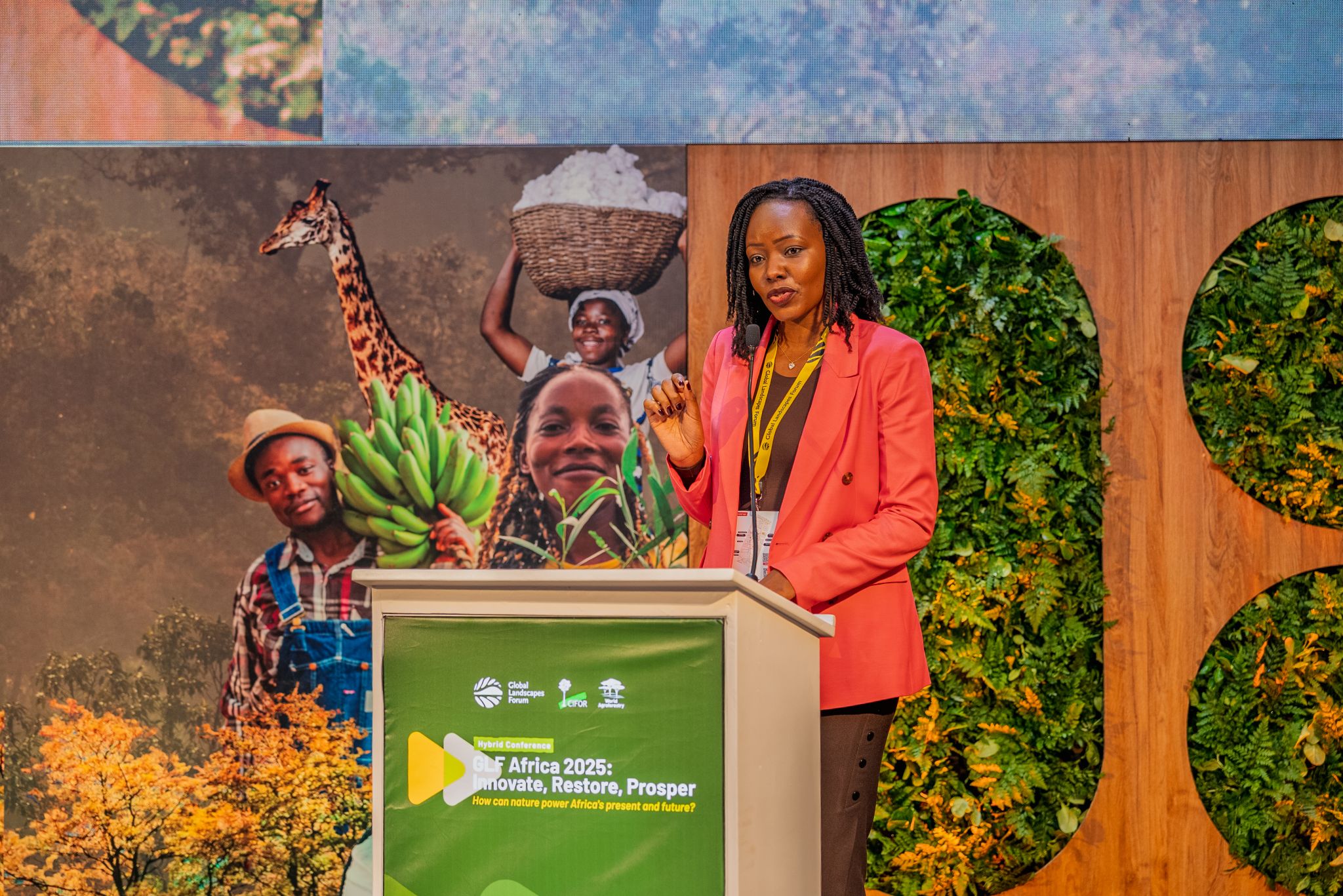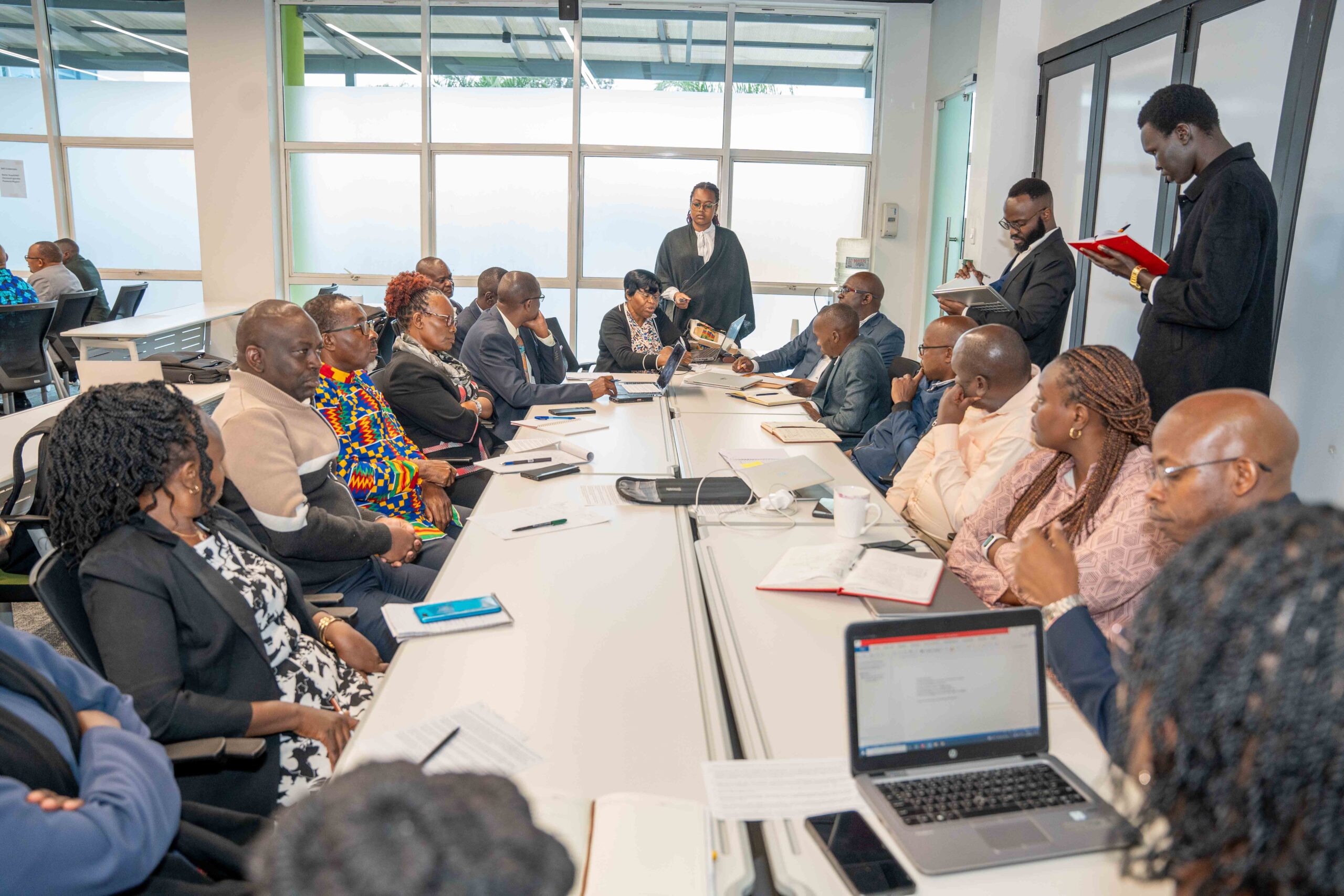Most renewable energy entrepreneurs in the built environment have focused on commercial real estate since they can charge a cost-reflective tariff. In this market segment, users have a relatively inelastic demand for reliable and consistent energy services. On the contrary, the built-environment sector servicing Africa’s low-to-moderate income market segment has witnessed limited innovation from start-ups in clean energy financing. This is despite the fact that low-to-moderate income households form the bulk of the African population. The African population will double to 1.4 billion by the year 2063, according to the 2017 United Nations’ World Population Prospects. Moreover, Africa is likely to be the most affected by the effects of climate change despite contributing a mere 4% to global greenhouse gas emissions. This challenge is compounded by low margins available for clean energy investors and entrepreneurs in this segment.
With this reality, access to clean energy for low-to-moderate income households cannot be accelerated fast enough to keep up with the continent’s rapidly increasing population growth. This market gap provides an opportunity. Mzansi Clean Energy Capital for example, has tapped into this opportunity to use a servitization model to provide sustainable utility services to residents of affordable housing development through a fund which owns and operates the equipment. The blended finance fund partners with affordable housing landlords providing off-take guarantees to de-risk the vehicles. Mzansi Clean Energy Capital has been selected to represent the East and Southern Africa region in the Global Climate Finance Lab’s 2024 cohort. The Lab is an investor-led, public-private initiative that accelerates innovative and early-stage climate finance solutions.
Solutions for improving bankability of renewable energy technologies and investments need to offer replication and scale. Additionally, considerations such as selecting the appropriate renewable technologies and exploring strategies to optimise renewable energy infrastructure can have a significant impact on the bankability of investments such as solar mini grids for disadvantaged communities. This approach helps to off-set low margins that have plagued the market segment. A recent research study published by Columbia University, examined the valuation of three different lithium-ion technologies based on calendar life and life cycle. The test demonstrated optimization of battery usage, considering the unique characteristics of generating sources and the load profile can enhance revenue potential and improve the life cycle of renewable energy investments. The load profile significantly influences energy costs due to the pattern of electricity consumption over time.
Another study by Shadi et al. highlighted the benefits of integrating mobile storage and grid-tied microgrids which can aid in minimising operational costs and increase accessibility to renewable energy technologies.
The continent needs to scale-up climate finance investments for Africa if we are to bring global temperatures to below 1.5C by 2050; by contrast, Africa received only 2% of global solar investment in 2023. More investments need to be directed towards large landlords servicing disadvantaged communities to scale-up clean energy utilities. This method will in turn stimulate economic development and crowd in private sector capital. Packaging clean energy projects with an acceptable level of risk and return is also key to mobilising landlords towards climate action.





